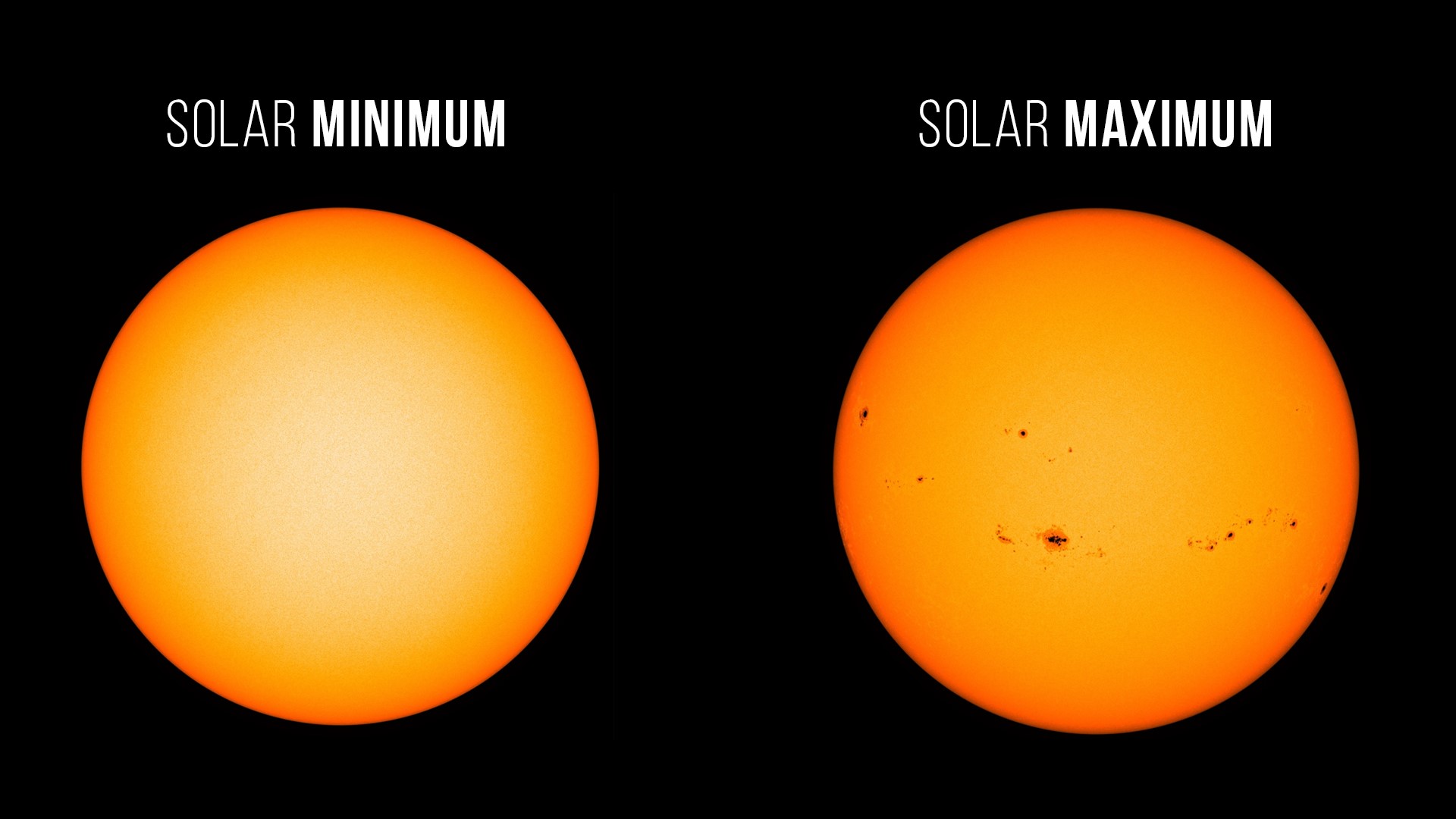New Coronagraph Will Help Space Weather Prediction Through Solar Maximum
Solar activity has been extraordinary in 2024, producing big bursts of cosmic energy that have created dazzling auroras, but also caused disruptions to technology in space and here on earth.
Bill Murtagh, from the Space Weather Prediction Center, says this high activity is expected to continue as we’ve entered the solar maximum.
"The sun goes through this 11-year cycle where the polarities of the sun do a reversal. During the middle of that process, the magnetic field lines get distorted and twisted and stressed, and they punch out from the sun. We can actually see the visible manifestation that are these big groups of sunspots, 10, 15 times the size of the Earth. We're seeing a lot of sunspots right now because we are right in that solar maximum period."

While this likely means more beautiful displays of the northern and southern lights, this activity can have major impacts on technology many rely on.
"So when we see these big coronal mass ejections, everyone gets excited for the potential for the aurora, but what we're concentrating on is what might happen to the electric power grid, GPS systems, GPS technologies, the astronauts in space," Murtagh said. "We'll be in contact with Mission Control at Johnson Space Center saying, folks, we've got a space weather event. Let's talk about what might happen and whether we need to get those astronauts into a safer part of the space station."
The extreme solar storm in May produced some of the strongest aurora activity in the last few decades, but it also highly disrupted GPS data and communication.
"One of the groups that was impacted more than anybody were the farmers," Murtagh continued. "Farmers are using GPS for high precision activities, for high precision seed planting and irrigation and fertilization and other activities. And on the 11th of May, they had to stop relying on GPS. And it was one of the most important farming days, seed planting days of the year, and economists just released a report a few weeks ago from Kansas State estimating the impact of that space weather storm on agriculture in this nation at half a billion dollars because of the loss of GPS."
Thankfully, a new coronagraph on the recently launched GOES 19 satellite, will help space weather scientists like Bill, predict these events with more accuracy in the future.
"A chronograph essentially creates an eclipse. So it's very important for us to be able to create an eclipse in the space where the forecasting business, because what we're doing is we're blocking out the sun. We want to see what's happening in the corona around the sun. So when there's an eruption occurs on the sun, I have different types of cameras that will show me that. But I want to see that coronal mass ejection. I want to see, first of all, if it happened. And if it happens, what direction it's going, if they're coming towards Earth, now I can use that coronagraph to measure the speed of the coronal mass ejection to determine when it's going to get here," Murtagh said. "These coronal mass ejections move anywhere from one to six million miles an hour. If you do the math, it's 93 million miles from sun to Earth, so it would take a day or three days to get here. That's the big range. And our customers, like the power grid operators, would like to know as precisely as possible when the magnetic disturbance will begin."
For the latest information on current and predicted Space Weather, visit the SWPC's website.